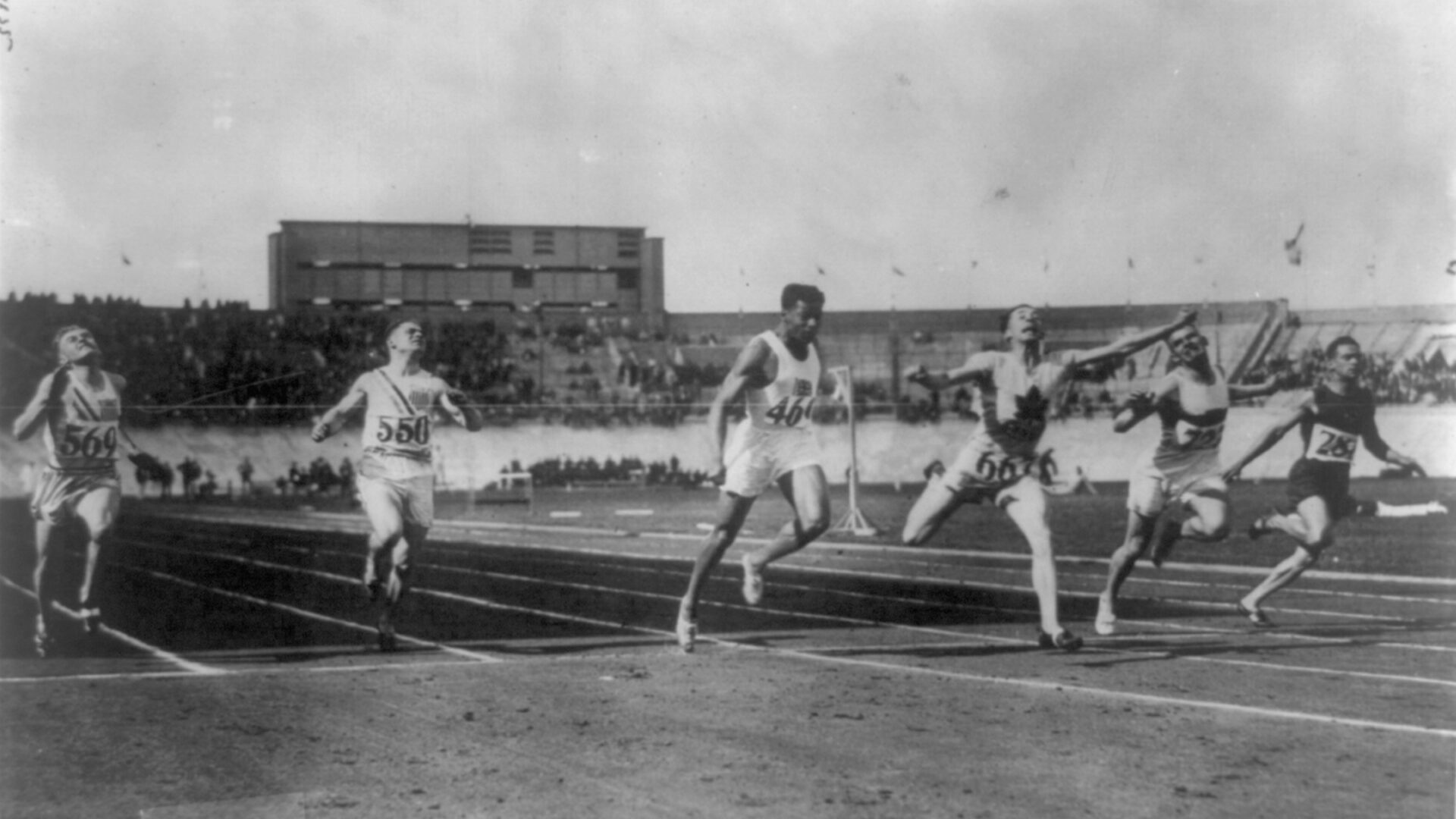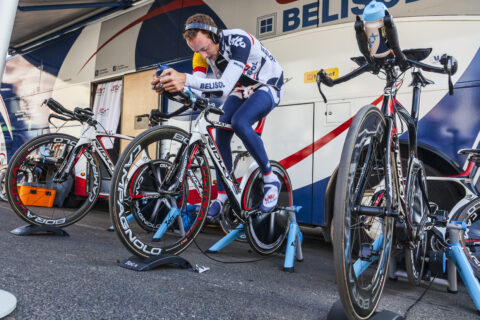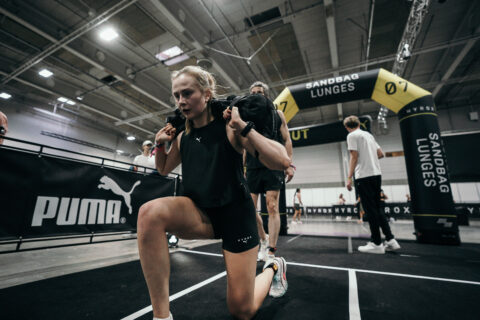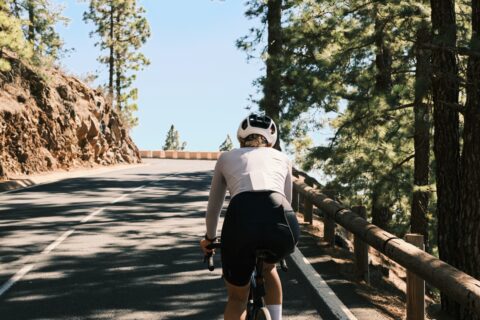The timely combination of running facilities and stopwatches gave running a leg up on other endurance sports, inviting more structured training and innovation.
The timely combination of running facilities and stopwatches gave running a leg up on other endurance sports, inviting more structured training and innovation.





